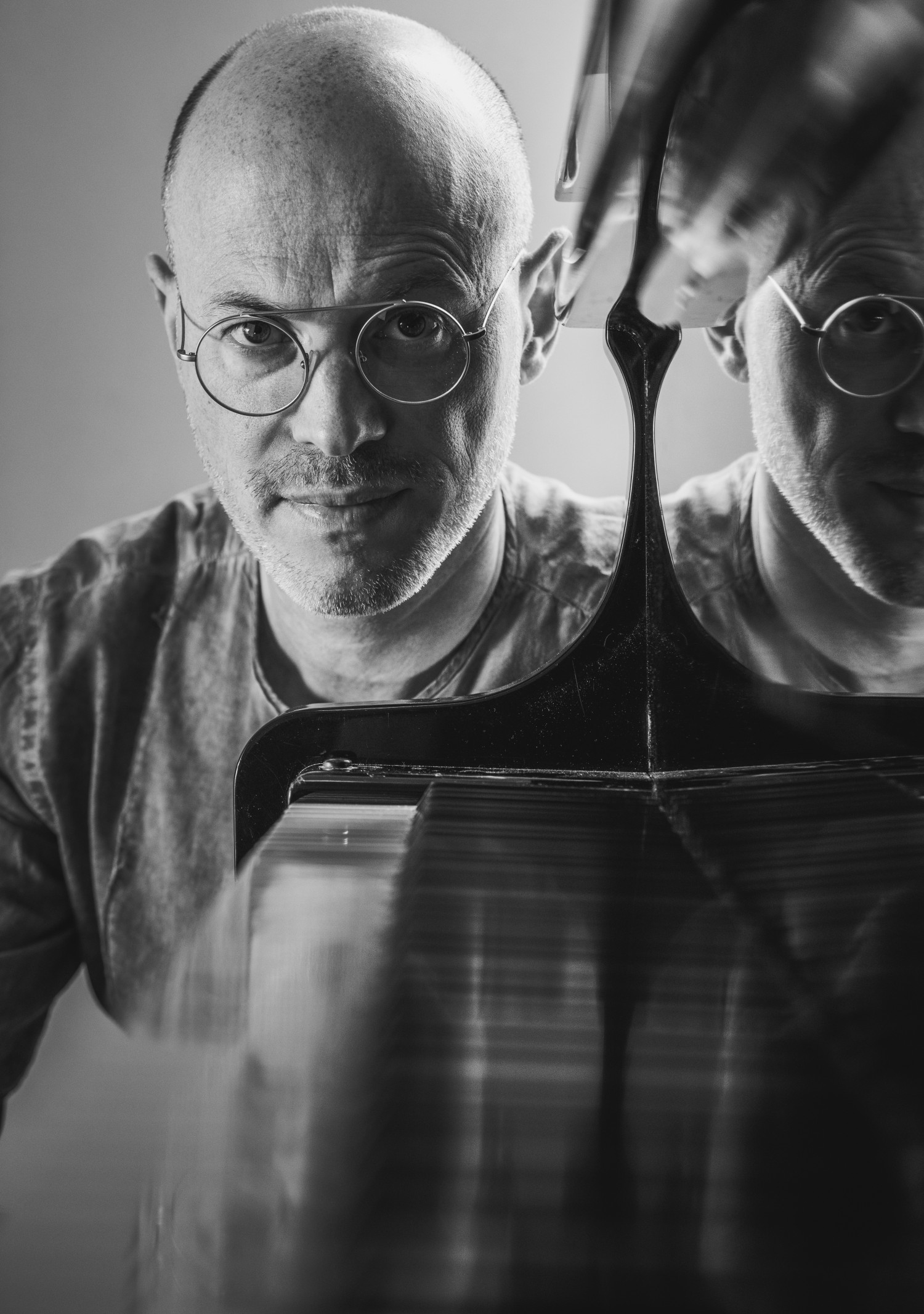“L’Ame et la Danse” (1921) is the title of a fictitious dialogue where the French poet Paul Valéry portrays Life as a dancing woman. Valéry, through an ethereal mixture of sound and sense, creates Music for a body in continuous vital transformation. The Dialogue between Couperin’s musical personifications and their twofold essence at times is ironic and stylized as in Castiglioni and Benjamin and at times is oneiric, as in Chopin and Filidei. This imaginary journey is framed by Ravel’s sublime reinterpretations of the Pavane and Waltz genres, summarized by Henry de Régnier’s epigraph:
“Le plaisir délicieux et toujours nouveau d’une occupation inutile…”
Maurice Ravel (1875-1937)
Pavane pour une infante défunte (1899)
Niccolò Castiglioni (1932-1996)
In Principio era la Danza (1989)
Francois Couperin (1688-1733)
La Couperin (21e Ordre)
George Benjamin (1960-)
Piano Figures (2014)
Francois Couperin
Les Ombres errantes (25e Ordre)
Fryderyk Chopin (1810-1849)
Berceuse (1843-44)
Francesco Filidei (1973)
Berceuse (2018)
Francois Couperin
Les Barricades Mystérieuses (6e Ordre)
Maurice Ravel (1875-1937)
Valses nobles et sentimentales (1911)
